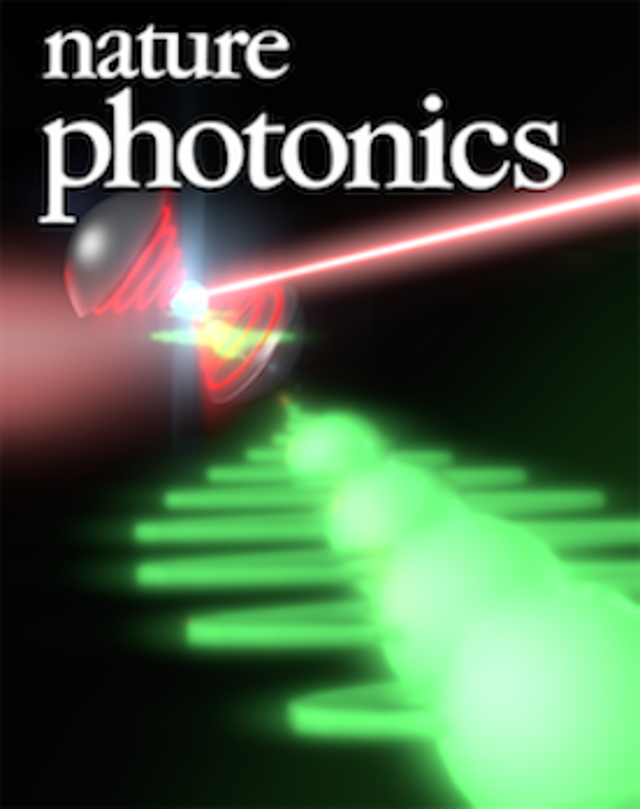30 August 2014

In nature, light is emitted in a "disordered" way. For instance, when an atom in free space emits a photon it is in principle not known in which direction it is going to be emitted, when this is going to happen, or whether such photon will be emitted in superposition with others. Still, it is highly desirable to be able to control such emission at the quantum mechanical level, since this will lead to the fabrication of a new generation of light sources, the production of states highly valuable in quantum computation, quantum lithography and metrology, and even the development of medical applications where an optimal control of a light beam entering a tissue is required. The Johathan Finley's group, in collaboration with Alejandro González-Tudela from Ignacio Cirac's group at the Max Planck Institute for Quantum Optics, the Autónoma University of Madrid and the Stanford University, have developed a method to "order" the emission of photons into 'bundles' of N photons, where N is any integer. Hence, photons can for instance be emitted in pairs (two-photon emission), or in bundles of three (three photon emission) with probabilities as high as nearly 100% in the first case, and 90% in the latter. See more in the original paper in Nature Photonics and in the blog by F.P. Laussy.
Contact:
Prof. Dr. Jonathan Finley
Walter Schottky Institut Technical University Munich
Am Coulombwall 4
85745 Garching, Germany
Phone: +49 (0)89 / 32 912 -770
E-mail:
jonathan.finley@wsi.tum.de